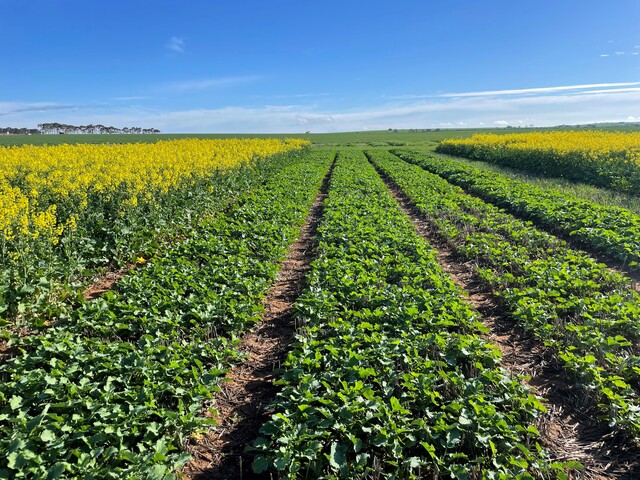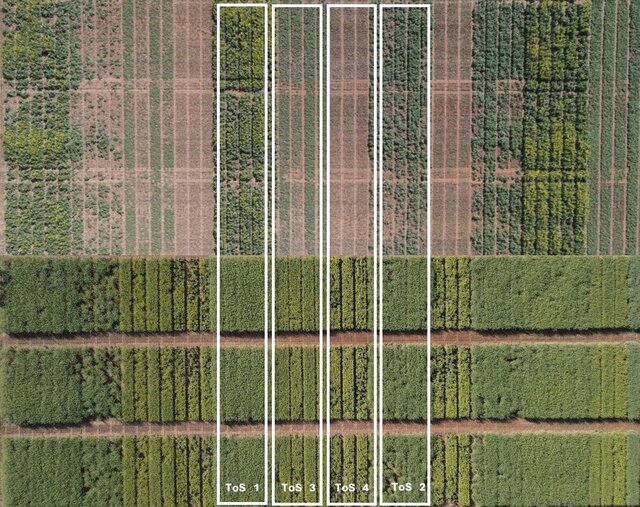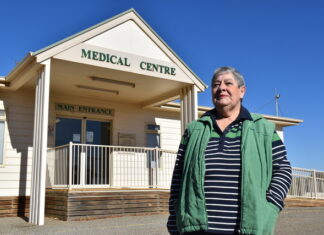A study held across the Mid North last year has provided an interesting picture for farmers sowing in marginal conditions.
A project was done last year involving Hart Field-Site Group, Mid North High Rainfall Zone and Northern Sustainable Soils to look at better understanding the effect of low crop establishment on grain yield and how to potentially mitigate yield loss, particularly with early or dry sowing.
This study was led by the University of Adelaide, and made possible thanks to funding from South Australian Grain Industry Trust (SAGIT) and SA Drought Hub.
Hart research and extension manager Rebekah Allen said the project looked to gather localised data for farmers.
“We looked at predominately time of sowing, particularly linked to soil moisture conditions, and looked at seeding rate and depth,” she said.
“The project itself wanted to provide data back to farmers, if they’ve got low crop establishment, if it has low yield or not.”
Trials were sown at sites at Hart, Giles Corner and Bute, with the first lot at Hart sown following a break at the end of April last year into declining soil moisture, with follow up lots sown in May into marginal conditions (11 per cent moisture) and in June into ideal wet conditions.
Showing the results from canola sown, the April 21 lot had 54 per cent establishment with 30 plants per square metre, while the May 5 lot had 32 per cent with 18 per square metre, while lots sown on June 2 and 20 seeing 89 and 71 per cent establishment respectively, with 50 and 40 plants per square metre.
However, despite having lower crop establishment, the earlier sown lots had increased yield, with the April plants seeing 2.16 tonne per hectare and May 1.53 tonne per hectare.
This is compared to the June lots with 1.50 and 0.99 tonnes per hectare respectively.
Wheat lots were sown on April 27, May 5 and June with the first two lots seeing plant establishment of 168 and 145 per square metre respectively, equating to 75 and 64 per cent, however there were grain yields of more than 4.0 and 3.5 tonnes per hectare.
The third lot had higher plant establishment, 190 per square metre or 84 per cent, but had lower grain yield of about 3.2 tonnes per hectare.
Ms Allen said the results showed earlier sown crops had outperformed those later sown, despite going into declining soil moisture and achieving less plants per hectare.
“The overarching thing is it’s still better to sow earlier and have a reduction in the number of plants because the plants that grow become more water efficient and will be putting on more biomass earlier in the season,” she said.
The report shows the Giles Corner site recorded lower canola establishment for sites sown on April 21 and May 5 with about 60 per cent, compared to June 2 with about 80 per cent, however yields were higher with the first two while the third experienced a yield penalty of 20 per cent.
Wheat at Giles Corner and Bute ended up being less sensitive to time of sowing, and deep sowing showed to have no real benefit for plant establishment or yield, likely because soil moisture was still low at the deepest sowing depth.
Ms Allen said research was ongoing and would continue this year, with researchers keen to see results under very marginal conditions.
“Having a second year of results, put under marginal conditions will be done to see dry and marginal impact on crop establishment, to provide a more localised set of data for farmers,” she said.
The report on the study can be viewed online at www.hartfieldsite.org.au/pages/resources/trials-results/2023-trial-results.php







